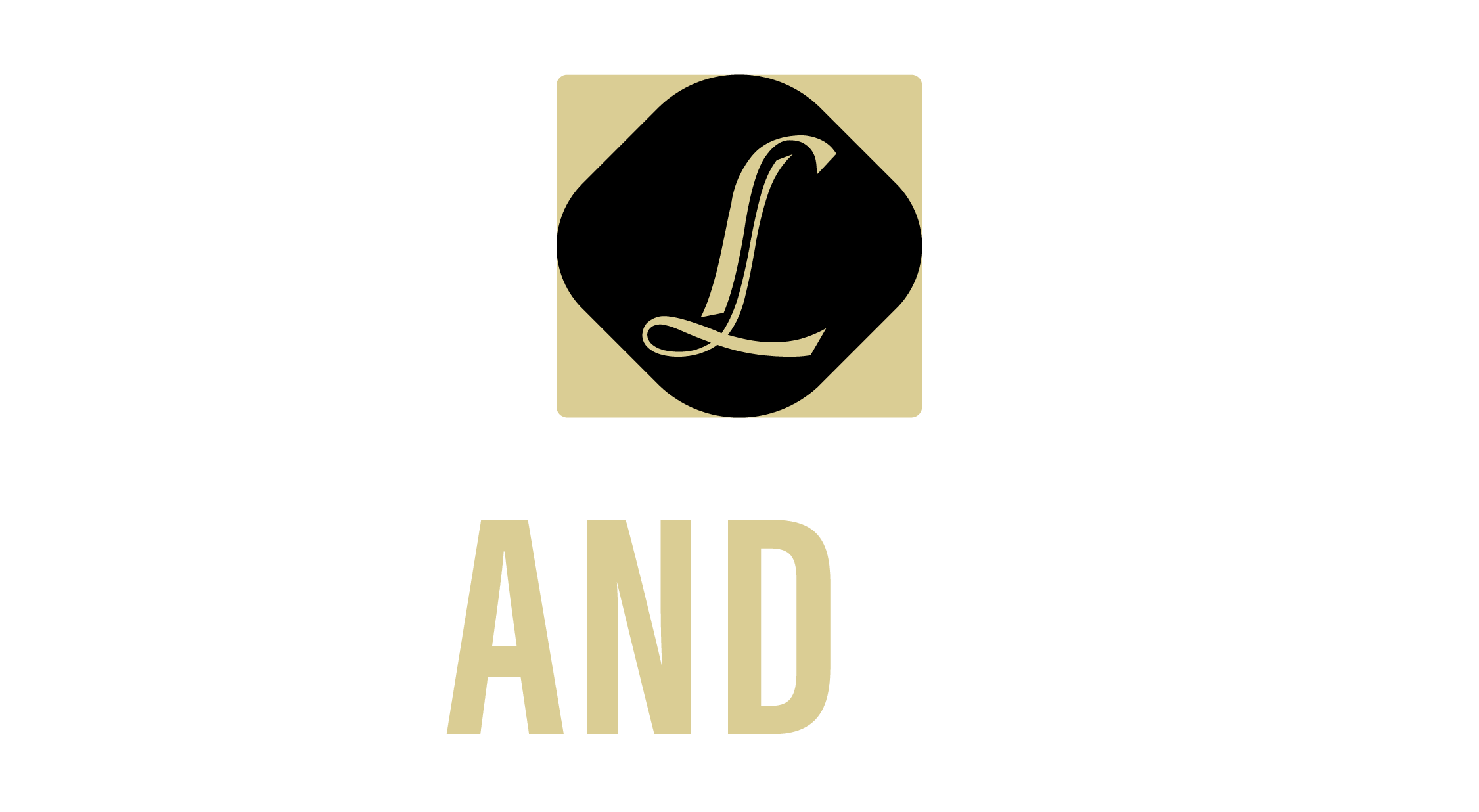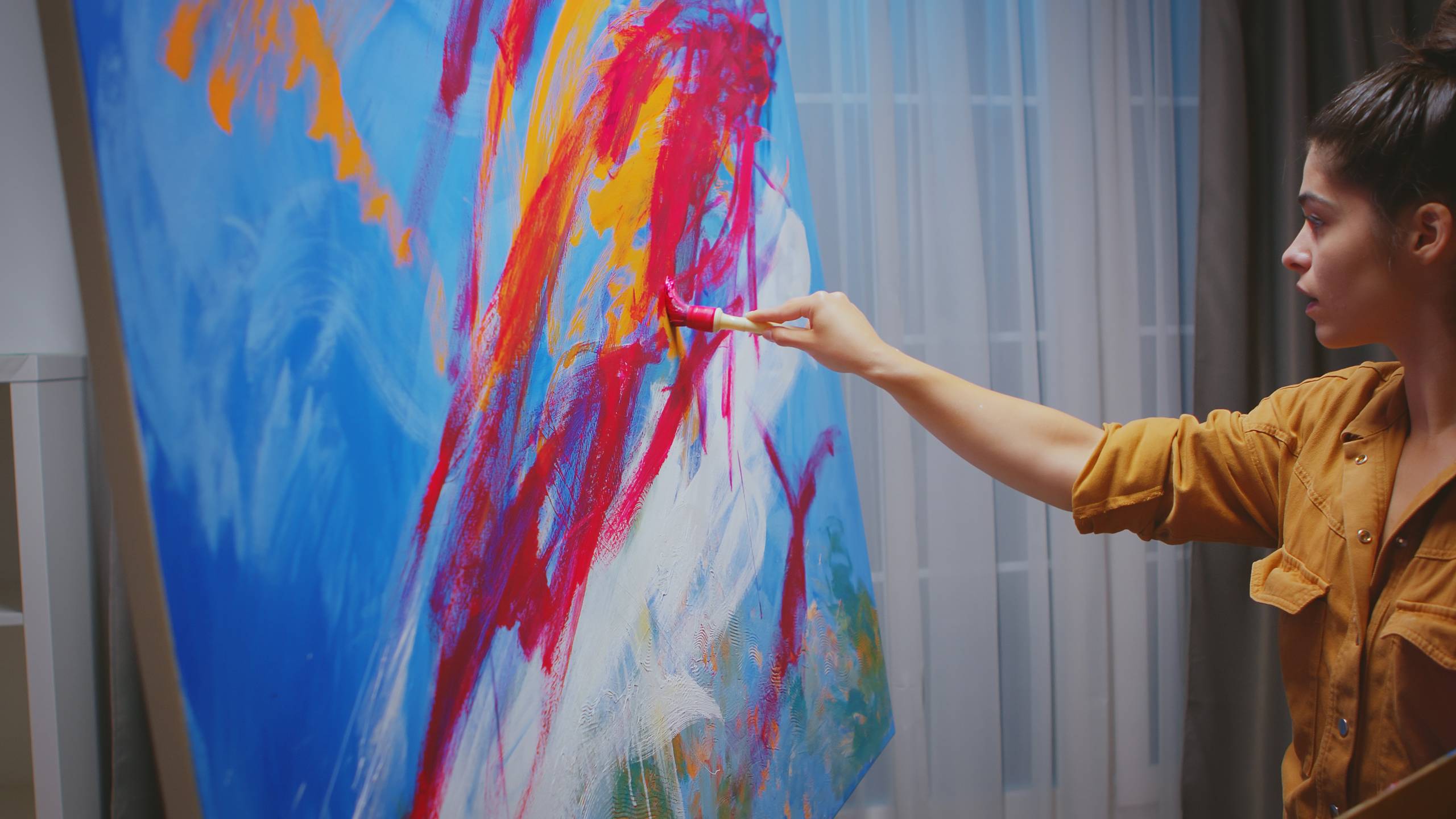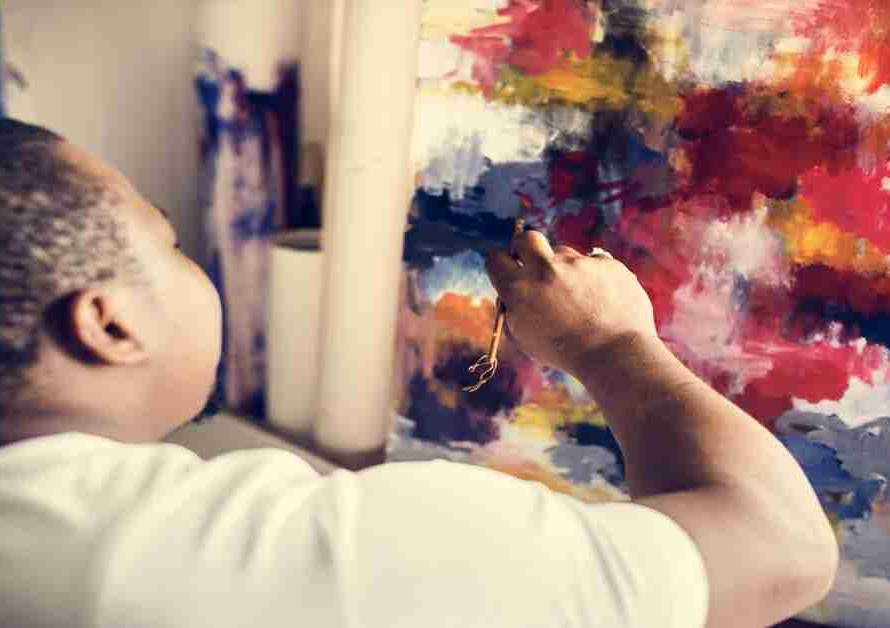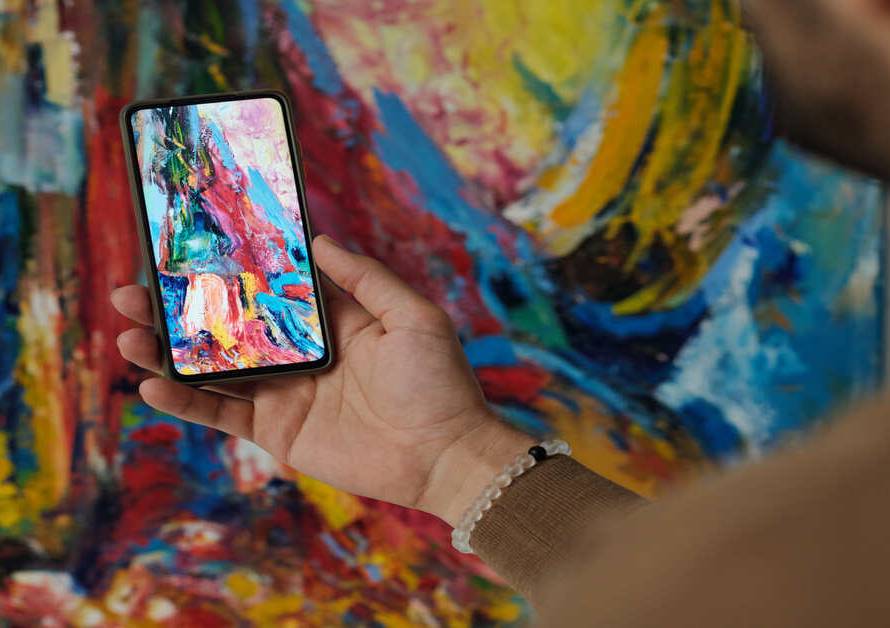Abstract art can leave a person with a variety of emotions, some of them can experience a sense of euphoria, whereas others can feel confused and even disillusioned. Abstract art is so beautiful because it is able to cross the bounds of the traditional forms and break our views on reality. It is in this blog that we are going to explore the world of abstract art exploration, deconstructing the complexities behind the world of abstract art, revealing the reasons behind this distinct artistic movement. Through the knowledge of the principles and philosophies behind abstract art, we are able to appreciate the genre that fascinates so much.
What is Abstract Art?
Abstract art is the style that does not follow the representational ones but focuses on colors, forms, lines, and textures to express ideas and emotions. It appeared in the early 20th century when artists wanted to escape the traditions of realism and classical artistic methods. The abstract art, unlike the figurative art, focuses on causing the viewer to interact with the art at an emotional and intellectual level as opposed to the visible world, as depicted in the figurative art.
Historical Context
The origins of abstract art can be dated to the late 19th century and early 20th century when the world underwent a major social, political, and technological transformation. Other movements like Impressionism and Post-Impressionism paved the way to abstraction through the breaking of the established standards of representation. Artists such as Vincent van Gogh and Paul Cézanne started to experiment with color and form and focused on subjective experience rather than on objective reality.
The shift to pure abstraction was to a great degree initiated by the artists like Wassily Kandinsky, Kazimir Malevich, and Piet Mondrian. Kandinsky is considered to be the first abstract painter, and Kandinsky was convinced that the work of art should show the inner emotions of the artist and the spiritual aspect of reality. His works were used to cause emotional reactions using vibrant colors and dynamic figures.
The Elements of Abstract Art
Understanding abstract art requires an exploration of its core elements, which include:
1. Color
Color plays a fundamental role in abstract art, serving as a primary means of expression. Artists use color not just to represent objects but to evoke emotions and create atmospheres. For example, warm colors like red and orange may convey passion or intensity, while cool colors such as blue and green can evoke calmness or serenity.
2. Form and Shape
In abstract art, form and shape are essential in creating compositions that engage the viewer. Artists often manipulate geometric and organic shapes to challenge our perceptions of space and structure. The interplay of shapes can lead to dynamic compositions that invite exploration and interpretation.
3. Line
Lines in abstract art can vary significantly in thickness, direction, and style. They can be sharp and angular, suggesting tension, or fluid and curvilinear, conveying movement and harmony. Lines guide the viewer’s eye through the artwork and contribute to its overall composition.
4. Texture
Texture adds depth and interest to abstract art. Artists may use various techniques to create tactile surfaces, from thick impasto application to smooth, polished finishes. Texture can influence the emotional impact of a piece, inviting viewers to engage with it physically as well as visually.
5. Space
The use of space in abstract art can challenge our understanding of two-dimensional and three-dimensional forms. Artists may create a sense of depth through layering or juxtaposition of shapes, compelling the viewer to navigate the artwork mentally.
Exploring the Meaning Behind Abstract Art
The most interesting thing about abstract art is that it is open-ended. Abstract art as opposed to representational art does not always have obvious narratives or subjects; it encourages one to interpret it in a personal way. Every viewer has his/her experiences, feelings and visions towards the piece of art and that is why the number of meanings is endless.
Emotional Response
Most abstract art is mainly focused on emotions rather than the logical explanation. The viewers might find themselves in the mood of the colors, shapes, and forms in such a manner that makes them feel joy, sadness, confusion or wonder. Such emotional action is an important part of exploring abstract art, because it makes people start thinking about their personal reactions and experience.
Intuition and Interpretation
Abstract art seeks a certain amount of intuition and receptiveness. Instead of trying to find a clear meaning, viewers are being stimulated to freely explore their interpretations. This discussion leads to a closer association to the art, and people can find aspects of the work that speak to them and their personal experiences.
The Artist’s Intent
The purpose of the artist can be understood as well, which will help us appreciate abstract art. There are numerous abstract artists who want to depict certain feelings or ideas in their art. By way of example, the color field paintings by Mark Rothko are meant to induce spiritual and contemplative experiences whereas the drip paintings created by Jackson Pollock are the ones that suggest the chaos and randomness of life.
The Evolution of Abstract Art
Abstract art has evolved significantly since its inception, leading to various movements and styles that continue to shape contemporary art. Some key developments in the evolution of abstract art include:
1. Abstract Expressionism
Abstract Expressionism, which appeared in the 1940s and 1950s, was the turning point in art. Artists like Jackson Pollock, Willem de Kooning and Franz Kline stressed on spontaneous and gestural elements of art, which enabled their feelings to drive their creative activities. This movement heralded individuality and the very process of creating as well, and drip paintings by Pollock were the embodiment of the conception of art as an immersive experience.
2. Minimalism
Minimalism was a response to the emotionism of the Abstract Expressionism of the 1960s. Such artists as Donald Judd or Agnes Martin were concerned with simplicity and reduction, denouncing personal expression in favor of form and material. Minimalist works of art in many cases create the possibility that the audience may reflect on the nature of the medium itself, questioning the preconceived ideas of art.
3. Postmodernism
With the late 20th century in the art world, Postmodernism questioned the concept of originality and the authority of art. Artists started to use the elements of popular culture, technology and consumerism in their art. Fusion of styles and media became a characteristic of abstract art in the modern world, as modern life is intricate.
Engaging with Abstract Art
As we navigate the complexities of abstract art, it’s essential to approach it with an open mind and a willingness to explore. Here are some tips for engaging with abstract art:
1. Observe and Reflect
Take your time to observe the artwork closely. Notice the colors, shapes, lines, and textures. Reflect on your emotional response, what feelings does the piece evoke? What thoughts come to mind as you engage with it?
2. Ask Questions
Challenge yourself to ask questions about the artwork. What do you think the artist was trying to convey? How does the composition impact your interpretation? Consider discussing your thoughts with others to gain different perspectives.
3. Explore Different Artists and Styles
The world of abstract art is vast and diverse. Explore the works of various artists and movements to gain a broader understanding of the genre. Visit galleries, attend exhibitions, and engage with online resources to deepen your appreciation for abstract art.
4. Create Your Own Art
Engaging in your creative practice can enhance your understanding of abstract art. Experiment with different materials and techniques, allowing your emotions and intuition to guide your artistic expression. Creating art offers valuable insights into the challenges and joys of the creative process.
Conclusion
The exploration of abstract art is a process that challenges us to liberate the way of viewing the art and think on a deeper level. Knowing the aspects of abstract art, the feelings it causes, and the historicity that influenced the development of this fascinating genre, we will be able to value it more deeply.
As we venture into confusing abstract art, we find the strength of imagination to arouse intellect, emotion and neutralize our own sense of reality. Being an artist, a casual viewer, or a person, who wants to get a clue about the world of art, exploring the world of abstract art can be the way to experience something enriching and a deeper experience of the human world. The next time you are faced with an abstract art work, remember to take the time to interact, contemplate and realize the infinity conveyed by this art.





